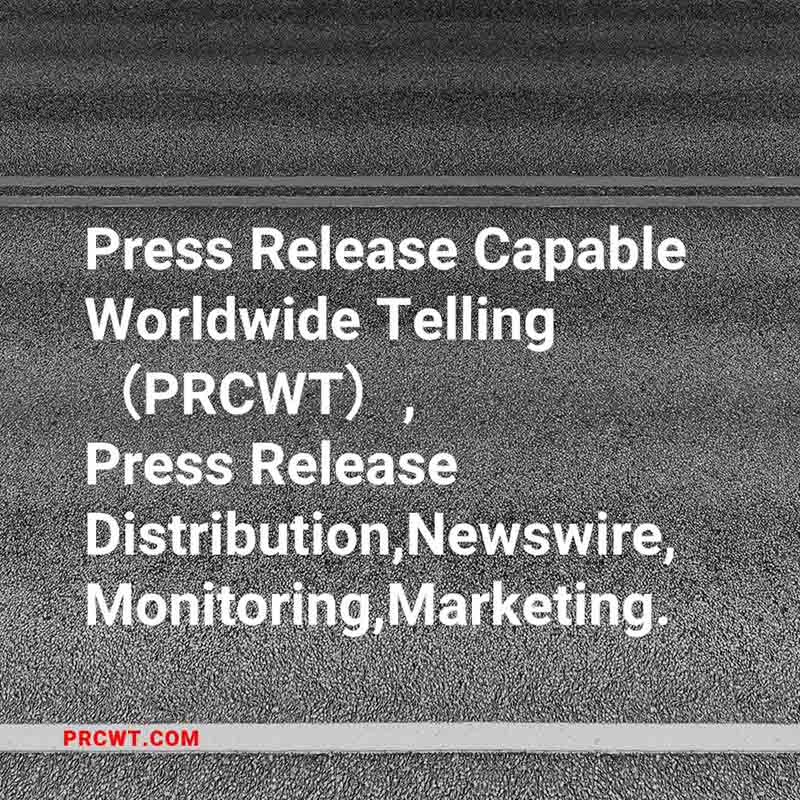In the digital age, media monitoring has become an essential tool for businesses and organizations to stay informed about the latest trends and conversations surrounding their brand. It involves the tracking and analysis of various media sources, including social media, news websites, blogs, and forums, to gather real-time data on what people are saying about a particular product, service, or industry.
One of the key benefits of media monitoring is its ability to provide valuable insights into customer sentiment. By analyzing the tone and language used in online conversations, businesses can better understand how their customers feel about their brand and identify areas for improvement. For example, if a large number of negative reviews are emerging about a particular product, the company can take steps to address the issue and improve customer satisfaction.
Another important aspect of media monitoring is its role in crisis management. In the event of a public relations disaster or negative event, being able to quickly and accurately assess the situation and respond appropriately is crucial. Media monitoring can help businesses identify the source and spread of negative information, as well as the sentiment of the public, allowing them to develop a targeted response strategy.
According to recent industry data, the global media monitoring market is expected to grow at a compound annual growth rate of over 10% in the coming years. This growth is being driven by the increasing importance of digital media and the need for businesses to stay ahead of the competition in a highly connected world.

In conclusion, media monitoring is a powerful tool that can provide businesses with valuable insights into customer sentiment and help them manage crises effectively. As the digital landscape continues to evolve, it will become increasingly important for organizations to invest in media monitoring services to stay relevant and competitive.